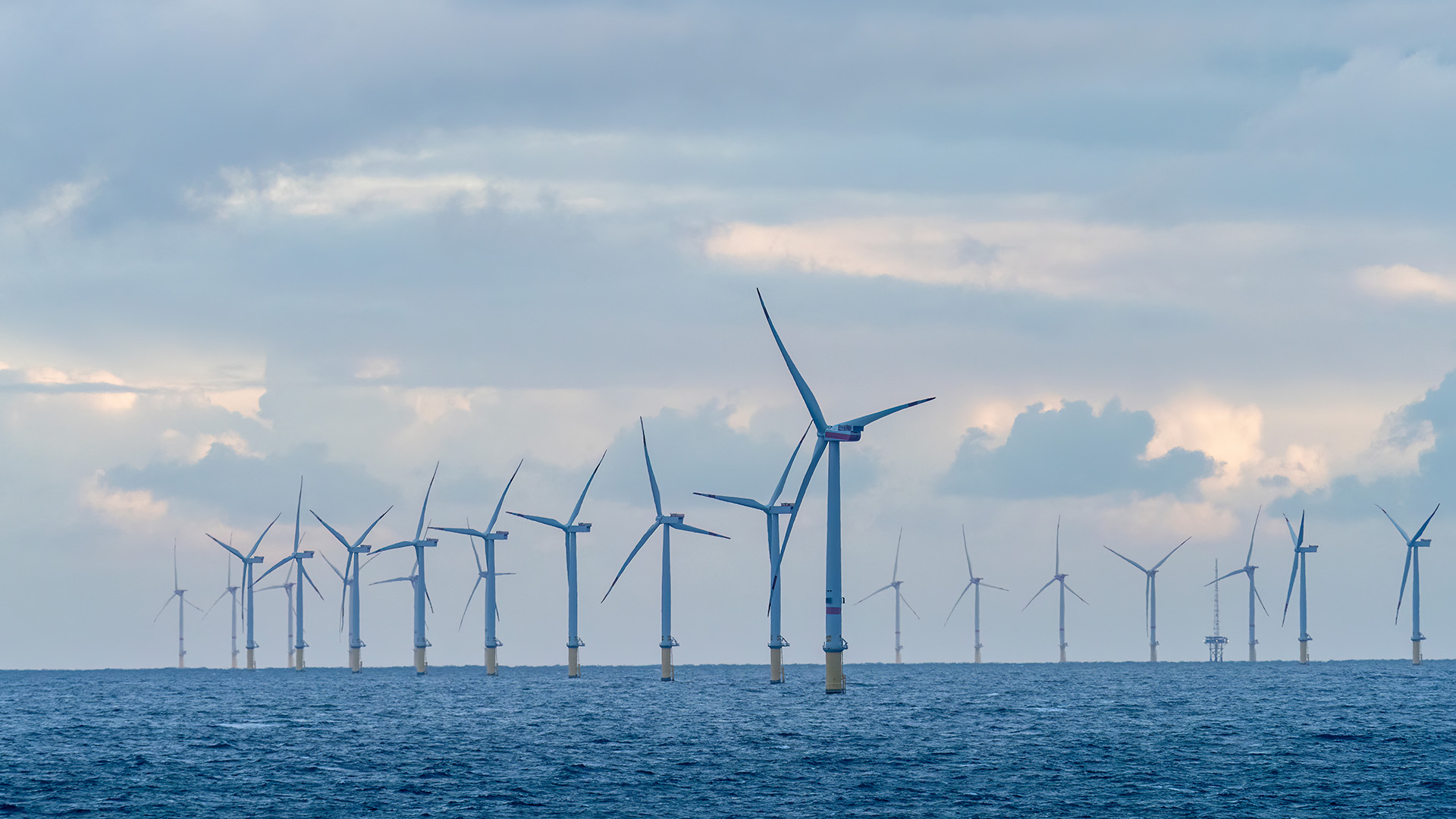This article was co-authored with Jack Brown.
The Australian Energy Infrastructure Commissioner (AEIC) recently released a guidance document (Guidance) on considerations for the offshore wind industry when conducting community engagement.1 The Guidance provides practical advice on effective community engagement for offshore wind proponents and major stakeholders. The release of the Guidance is timely given the Commonwealth’s ongoing consultation on offshore wind areas and concerns within certain sections of the community about the adequacy of current consultation practices. In this update we unpack the Guidance and the mandatory consultation obligations on Australian offshore wind proponents.
Australian offshore wind areas – Current state of play
The Commonwealth Government has identified six priority assessment areas off the coast of New South Wales, Tasmania, Victoria, South Australia, and Western Australia that may be suitable for offshore wind.
Australia’s six priority assessment areas are set out in the table below:
Area
|
Approximate Size |
Status
|
Gippsland, Victoria
|
15,000 km2
|
Area declared, feasibility licence applications under consideration
|
| Hunter, New South Wales |
1,850 km2 |
Area declared, feasibility licence applications under consideration
|
Southern Ocean, Victoria/South Australia
|
5,400 km2 |
Area proposed, consultation closed on 31 August 2023
|
Illawarra, New South Wales
|
1,400 km2
|
Area proposed, consultation closed on 15 November 2023
|
| Bass Strait, Tasmania |
10,150 km2
|
Area proposed, consultation closes on 31 January 2024
|
Perth/Bunbury, Western Australia
|
not yet announced
|
Area expected to be proposed some time in November 2023
|
| |
|
|
Current consultation obligations
With the Offshore Electricity Infrastructure Framework (OEI Framework) still being progressed, there are currently limited statutory consultation obligations for proponents. However, the Offshore Electricity Infrastructure Act 2021 (Cth) (OEI Act) contemplates that proponents may be required to consult at a number of points along the project development timeline including as part of the preparation of management plans under the licensing regime.2
Section 43(2)(a) of the OEI Act empowers the Minister to, by notice in writing, require a commercial licence applicant to conduct specified kinds of consultations in relation to their commercial licence application.
Moreover, conditions placed on declarations and licences may mandate additional consultation obligations on proponents. For example, under both the Gippsland Declaration and the Hunter Declaration, in preparing a management plan for feasibility licences, proponents must consult specific stakeholders such as the Department of Defence, the Bureau of Meteorology, the Australian Maritime Safety Authority and rights holders under fisheries legislation in relation to the licence area.3
Whilst the mandatory consultation requirements under the current OEI Framework are currently limited, it is important to note that there are no legislative reasons why proponents cannot engage with stakeholders at any time. In some circumstances, it may be appropriate to go beyond the existing obligations, particularly prior to lodging a feasibility licence application.
Having said that, we note that the Guideline on Offshore Renewables Environmental Approvals was updated in November 2023 to recommend that referrals under the Environment Protection and Biodiversity Act 1999 (Cth) (EPBC Act Referral) for offshore renewables projects be submitted only after an area has been declared and a feasibility licence has been granted by the Minister under the OEI Act.4
The rationale for the recommendation in the Guideline on Offshore Renewables Environmental Approvals appears to be that a premature EPBC Act Referral (which would itself involve public consultation) may confuse the public about consultation occurring for the declaration and feasibility processes, would divert government and proponent resources to a project that may not proceed and the potential need to vary proposals.
The potential for confusion amongst the public about consultation processes was highlighted when BlueFloat Energy made an EPBC Act Referral for its proposed South Pacific Offshore Wind Project prior to the proposed Illawarra area being declared or a feasibility licence being awarded to the project. The pre-emptive referral attracted criticism from the Commonwealth Minister for Energy and was subsequently withdrawn by BlueFloat Energy.
Currently, the Guideline on Feasibility Licences under the OEI Act notes that stakeholder consultation is a consideration which the Minister may take into account in determining feasibility licence applications.5
The Guidance is not legally binding but in light of the limited mandatory consultation requirements, we consider that it will form part of the suite of resources on best practice consultation and community engagement for proponents investigating and developing offshore wind projects which regulators will expect proponents to have adhered to.
The Guidance
Core Principles
The Guidance puts forward the following 7 key community engagement principles for offshore wind proponents:
- Address specific local concerns and make information easily accessible
- Plan your engagement to avoid over-consultation
- Consider potential cumulative and additional impacts
- Build ongoing relationships with First Nations communities
- Engage the community to solve problems and collaborate on solutions
- Develop a meaningful community benefits plan
- Have an effective complaint handling procedure
Key Stakeholders
The Guidance provides a list of key stakeholders for offshore wind proponents (set out below). We consider the list to be a useful, but non-exhaustive, checklist for proponents.
- Marine industries and associations, including:
- Commercial fisheries
- Commonwealth and State fisheries
- Tourism
- Shipping and maritime (e.g. shipping routes, freight, tankers, safety lighting etc.)
- Maritime defence
- Maritime unions
- Oil and gas
- Carbon capture
- Recreational water users – beach goers, fishers and anglers, surfers, boating etc
- Landholders, neighbours, and the broader community hosting wind turbines and connecting transmission lines and towers
- Neighbouring communities including port and coastal communities
- Community and specialist groups concerned about environmental impacts (e.g., impacts to marine life, bird life etc.)
- Traditional Owners, First Nations organisations
- Marine parks and sanctuaries
- Aviation (e.g., flight paths, aviation safety etc.)
- Industry associations and representative bodies
- Local councils and State and Federal government agencies
- Local, State and Federal members of Parliament
- Transmission Network Service Providers (TNSPs)
- Industry regulators
- Military and coastal rescue operations
- Weather radars – Bureau of Meteorology
Consultation considerations during the development timeline
The Guidance also details consultation priorities and considerations at the various stages of the development timeline.
Pre-declaration phase: the Guidance suggests that proponents should not be engaging in community consultation and that proponents should not pre-empt the offshore zone selection process. The Guidance advises proponents who do interact with communities, to be clear and upfront that there is no guarantee that the region will host offshore energy projects and that they are undertaking consultation on behalf of an industry proponent, rather than government.
Feasibility and planning phase: the Guidance reminds proponents that during consultation they should be clear with communities that there is no guarantee that a proposed project will be approved or that project plans are final. The Guidance also lists a number of specific consultation considerations for proponents at this phase and the commercial licence and construction phase, which should be given appropriate regard such as community benefits, considerations for First Nations engagement and complaint handling.
How we can assist you
If you would like more information on how the Guidance might be relevant to your future offshore wind project, please contact a member of our team.














